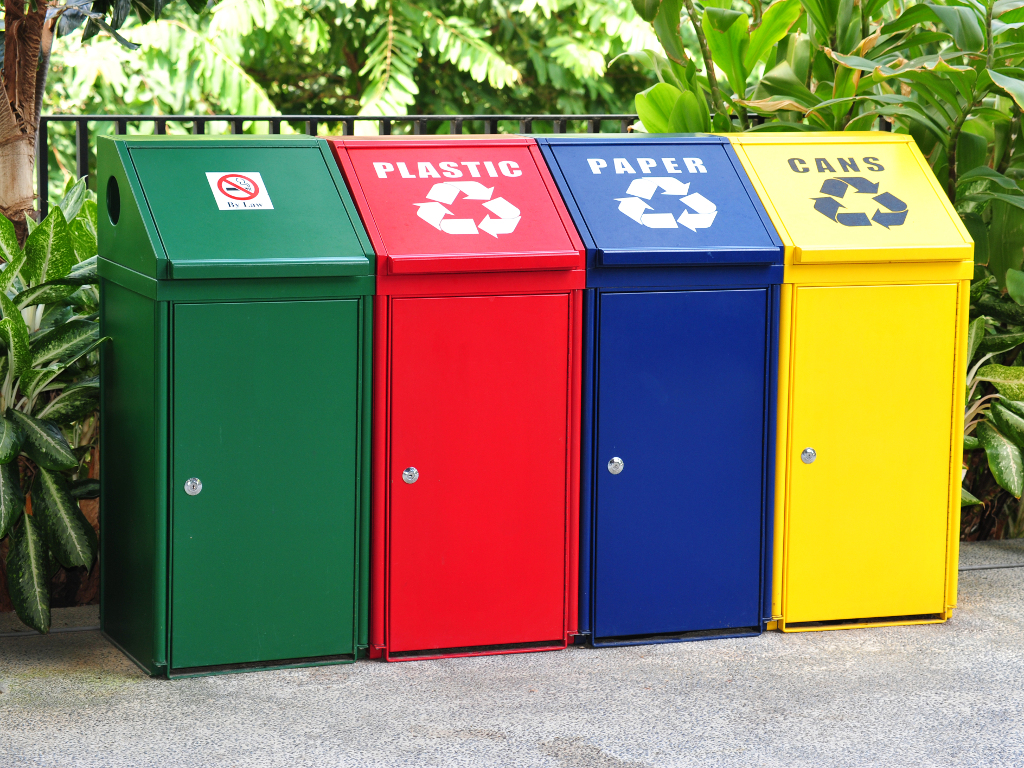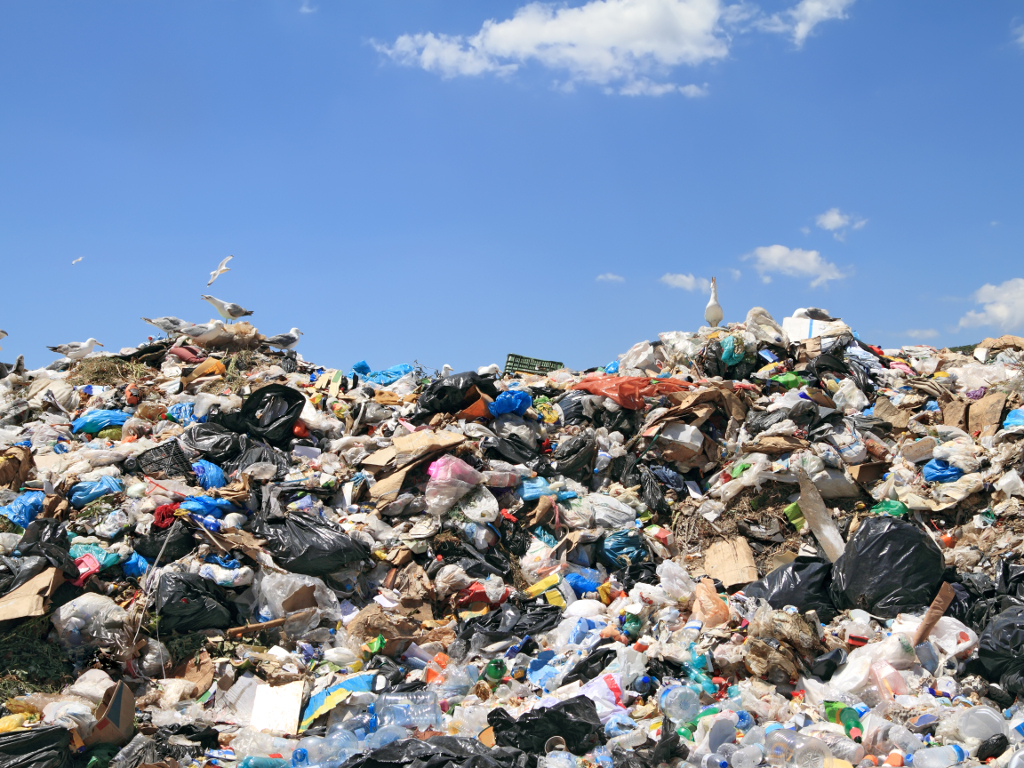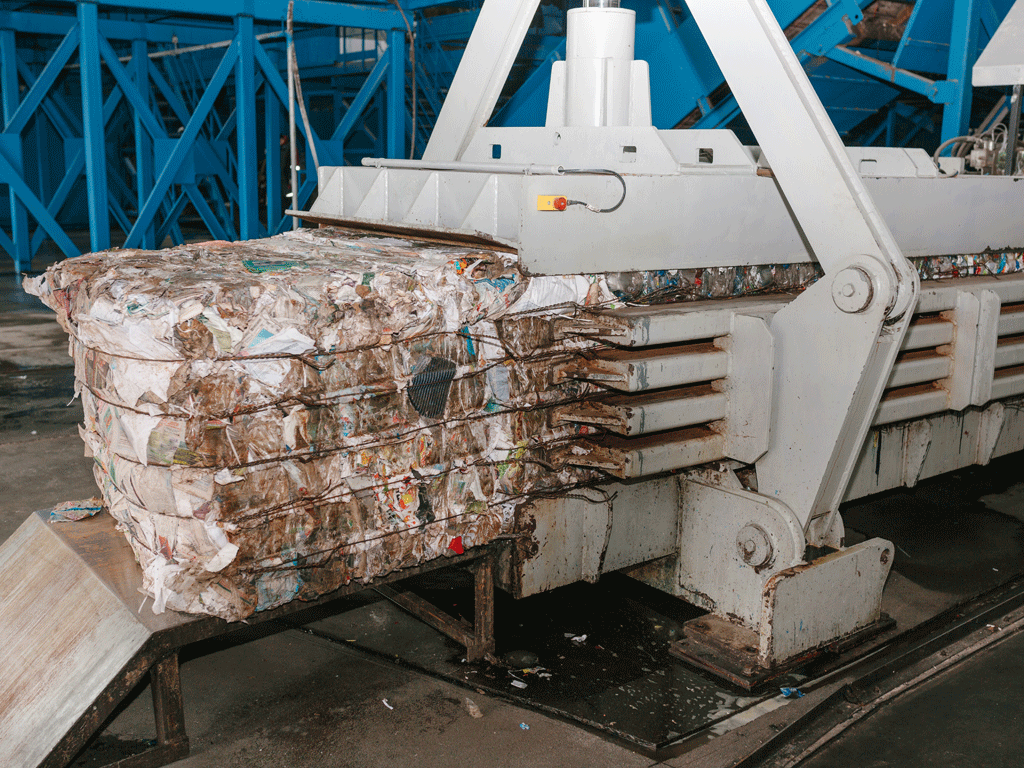How to improve waste management system? – Construction of 27 regional centers across Serbia planned
Source: eKapija
 Thursday, 22.08.2019.
Thursday, 22.08.2019.
 15:44
15:44
 Thursday, 22.08.2019.
Thursday, 22.08.2019.
 15:44
15:44
(Photo: sunsetman/shutterstock.com)

The existing Waste Management Strategy predicts a network of 27 regional waste management centers with necessary infrastructure for waste management (expansion of the waste collecting area to 100% population, primary waste selection, separate collection of recyclable components and construction of centers for separate collection of recyclable waste, composting of separate biodegradable waste, construction of sanitary landfills, construction of waste management facilities and transfer stations and so on)
The responsibility of setting up those centers lies, according to the law, on regional governments or units of local governments.
– So far, eight regional sanitary landfills have been built. Out of those, four have been founded with EF and the Ministry's funds and four have been realized through public-private partnerships as well as two local sanitary landfills. Three regional centers with sanitary landfills are being built at the moment – Subotica, Indjija, which is 65% done and Nova Varos which is 20% done. Contract on public-private partnership for the construction of waste management system in Belgrade has been signed while those in other regions are still being prepared. A great deal has been done on establishing separate collection methods in certain local municipalities while it has yet to be done in most municipalities as well as the selection and construction of recycling yards there, Abramovic says.
The new strategy includes National Waste Management Plan, the main novelty compared to the form and content of the old Waste Management Strategy the Serbian government adopted in 2010.
– New National waste management strategy for 2019-2024 is being prepared and accentuates improving the system of communal and industrial waste management system in the part that analyzes new ways to improve the system in compliance with demands and plans of the European Union and the hierarchy of waste management and selection of suitable recycling options and waste treatments, meaning ecologically safe and acceptable treatments, and not dumping it, Abramovic said.
(Photo: kanvag/shutterstock.com)

In the current state of things the recycling capacities are increasing in Serbia. It is estimated that only between 15% and 18% of total waste in Serbia is being recycled. Since 2003 until today there was a marked growth of the number of companies who recycle;e waste.
– Packaging waste recycling yielded the best results, over 30%, which proves that Serbia has reached the National goals for packaging waste recycling defined by the Regulation on the plan for packaging waste reduction adopted by the Serbian government on December 25, 2014 and published in Official Gazette of the RS No 144/14, Abramovic said and added that new Regulation for the upcoming five-year period is being prepared.
When it comes to recycling, Abramovic stated that Serbia's potential was recognized and highly relevant in regards to both recyclable waste quantity and infrastructural capacities for waste treatment and recycling done by waste management operators and companies who recycle waste.
– Waste materials in Serbia treated for reuse which fall in to the non-toxic waste category are paper, cardboard, plastic, ferrous metals, non-ferrous metals, waste rubber, waste glass as well as organic material, wood , textiles. When it comes to toxic waste the most recycled are waste oils, electrical waste, fluorescent rods containing quicksilver, waste car batteries and to vehicles to a lesser extent. Waste batteries (especially those used in households) are almost not recycled at all, Abramovic says.
(Photo: franz12/shutterstock.com)

– Our country recycles communal waste the least, which only means that in the next period we must work hard on establishing new regional waste management centers, said Abramovic.
In the upcoming period, Serbia must create conditions for realization of the aforementioned strategically important activities which will contribute to effective and efficient improvement of the existing waste management systems including the recycling process in order to minimize waste, make financial gain , produce new products from recycled materials and preserve natural resources.
– Improving the sustainable funding system within the environmental protection and waste management sector is one of the main conditions which will strengthen the recycling industry in Serbia as the basic element of waste management system, Abramovic thinks.
Waste management, especially waste collection and separation is both ecological and economic issue imbued with great potential. The number of countries that take steps to accelerate the transition, develop strategies and activities within “green economy” in order to prompt higher economic growth, new jobs , environment protection and equality is on the rise.
– Therefore, “green economy” concept is one possible and doable “green future” option. Transition toward the “green economy” includes several key sectors : agriculture, forestry, energetics, industry, recycling, energy-efficient construction and transport . Green employment could present the key link in the fight against poverty, since the employment in waste management sector is estimated to increase by 10% compared to current trend, Abramovic concludes.
Ivana Milovanovic
Tags:
Filip Abramovic
Waste Management Strategy for 2019-2024
waste and wastewater management
regional waste management centers
regional sanitary landfills
National Waste Management Plan
ecology
environmental protection
recycling
waste management
packaging waste
paper
cardboard
plastic
ferrous metals
non-ferrous metals
waste rubber
waste glass
organic material
wood
textiles
waste oils
electrical waste
fluorescent rods containing quicksilver
waste car batteries
waste batteries
communal waste
recycling industry
green economy
Comments
Your comment
Most Important News
Full information is available only to commercial users-subscribers and it is necessary to log in.
Follow the news, tenders, grants, legal regulations and reports on our portal.
Registracija na eKapiji vam omogućava pristup potpunim informacijama i dnevnom biltenu
Naš dnevni ekonomski bilten će stizati na vašu mejl adresu krajem svakog radnog dana. Bilteni su personalizovani prema interesovanjima svakog korisnika zasebno,
uz konsultacije sa našim ekspertima.


 Izdanje Srbija
Izdanje Srbija Serbische Ausgabe
Serbische Ausgabe Izdanje BiH
Izdanje BiH Izdanje Crna Gora
Izdanje Crna Gora


 News
News







